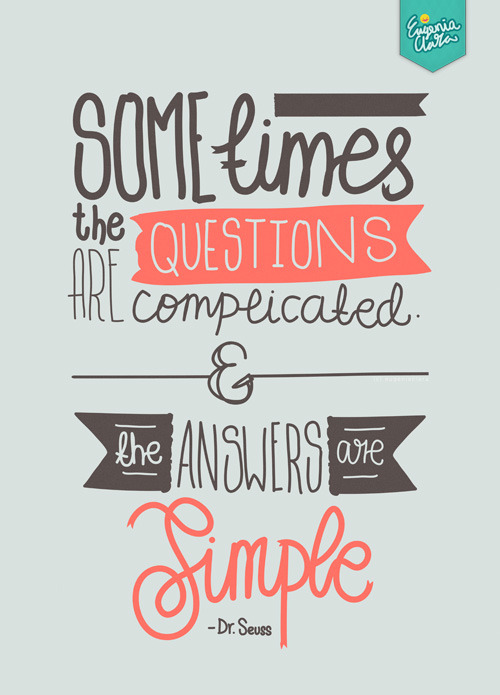Outline
- What questions do we ask?
- Try to use open ended questions, nothing that can be simply answered with yes or no. (ABQITC)
- If using a yes or no question follow with more in depth questions. (TRWTAQITC)
- however you can mix it up. (AQTIL)
- How do we ask?
- The whole class then pause for about 5-10 seconds then call on someone. Give them something to think about. Be specific. One question at a time. Wait for response. Never interrupt. Show interest. Lead to stronger answers. (AQTIL)
- preparing, playing, and preserving help ask good questions. (TWTABQITC)
- What do we need to know about asking questions to be an effective teacher?
- As teachers we do not know everything. Observe the classroom to see how the students interact. TPR. Plan questions out. (TRWTAQITC)
- Never interrupt. Wait for response. Show interest. Kept them thinking. If incorrect answer, point this out and ask a question that leads to a stronger answer. Open ended questions lead to clarification. Helps assess. Blooms taxonomy. Always take notes on the way the class responds to questions. (AQTIL)
Asking Questions: What questions do we ask? How do we ask them?
The video Asking Better Questions in the Classroom states that the best way to ask questions is to use an open-ended form. This means to not simply ask a question that can be answered simply with yes or no. The reason behind this is because it takes no thought process to just answer with yes or no. The Right Way to Ask Questions in the Classroom article says that if you are to use a close-ended question, then be sure to follow up with a more in depth question. Asking Questions to Improve Learning believes it is okay to switch up between the close and open-ended questions. I agree that using open-ended questions causes the students to think and that they should be used for the majority of the time, but it's ok to throw in some close-ended questions every now and then.
The way you ask these questions would be to direct the question to the whole class and then pause for about 5-10 seconds to let them think about the question and figure out the answer. Make sure the question gives them something to thing about, but is specific enough so that the students do not get confused. You should only ask one question at a time. Patiently wait for a response and once they respond be sure not to interrupt them. This causes the student to immediately feel rejected and they may shut down. Be sure to show interest in whatever answer they may give you. If the answer is wrong be sure to explain to the class why it is wrong and follow-up with a question that will lead to a stronger response (Asking Questions to Improve Learning). Being prepared before classes, playing with your questions to see which wording gets the best results, and preserving the good questions all help aid a teacher to ask good questions (Three Ways to ask Better Questions In Class).
There are several things you need to know in order to be a good teacher. Most important is that teachers do not know everything. They must be able to learn as well. So keep an open mind. Always observe your class so that you can learn how your students interact to different stimuli. You want to try and use total physical response, which means to try and get the whole class to answer, or at least think about, the question. So be sure to always plan the questions out as previously stated. A great tool to use is Blooms Taxonomy, check it out in the link (The Right Way to Ask Questions in the Classroom). So I repeat, never interrupt your students, always wait for their response, always show interest, and keep them thinking. You need to no how to correct a wrong answer positively. Try to use as many open-ended questions as possible. These lead to clarification and helps you assess the students understanding and thought process. You are a teacher and your life now revolves around your students, so be sure to take notes on everything!

No comments:
Post a Comment